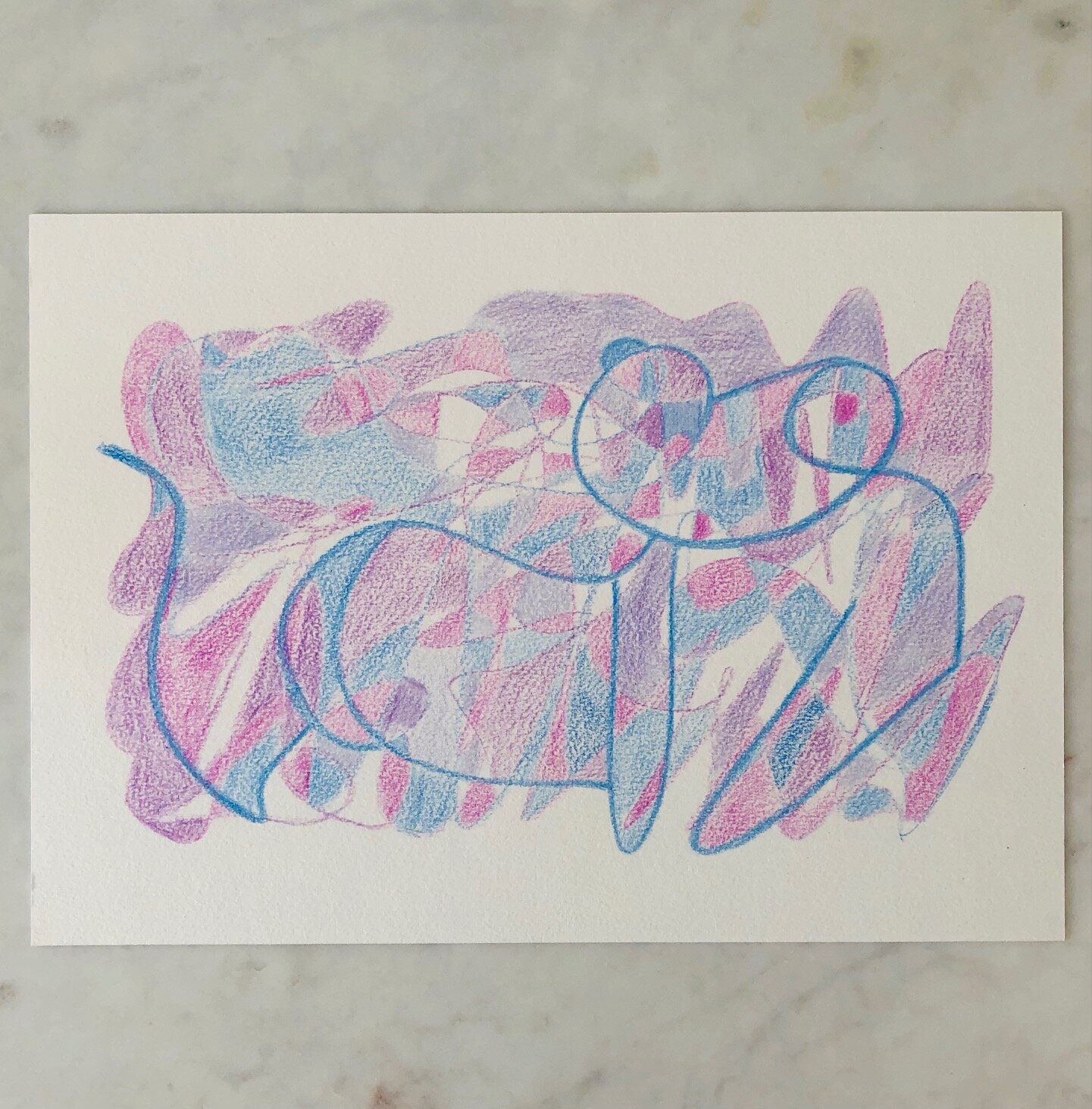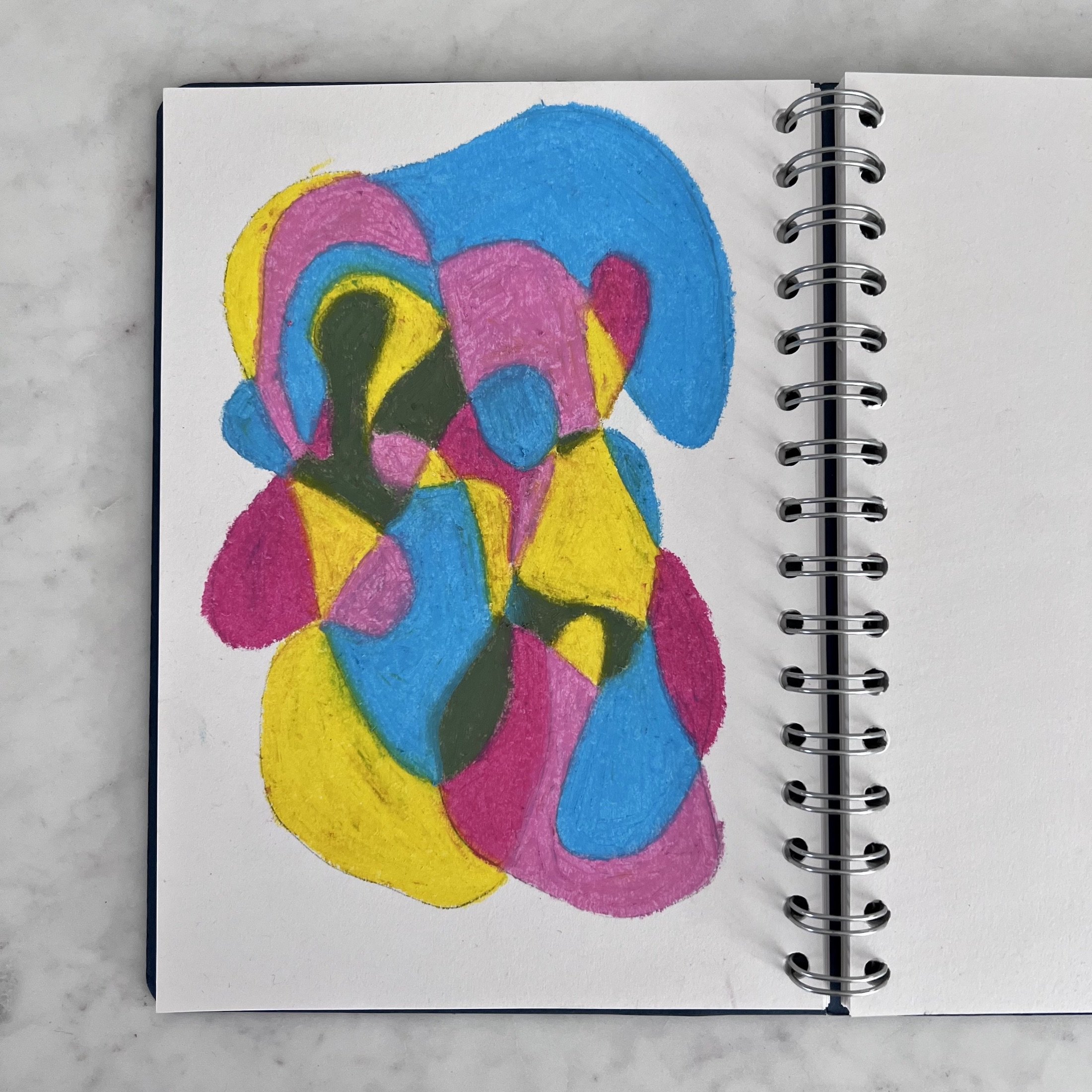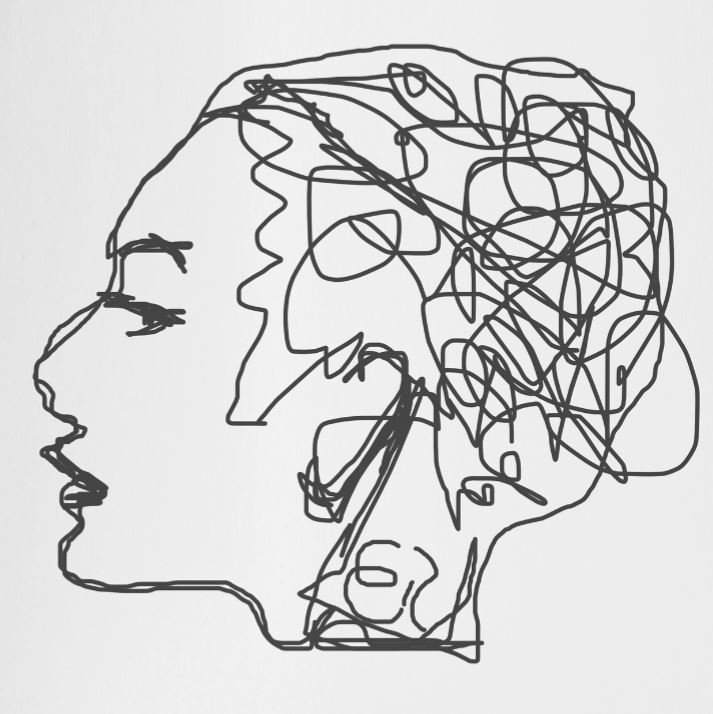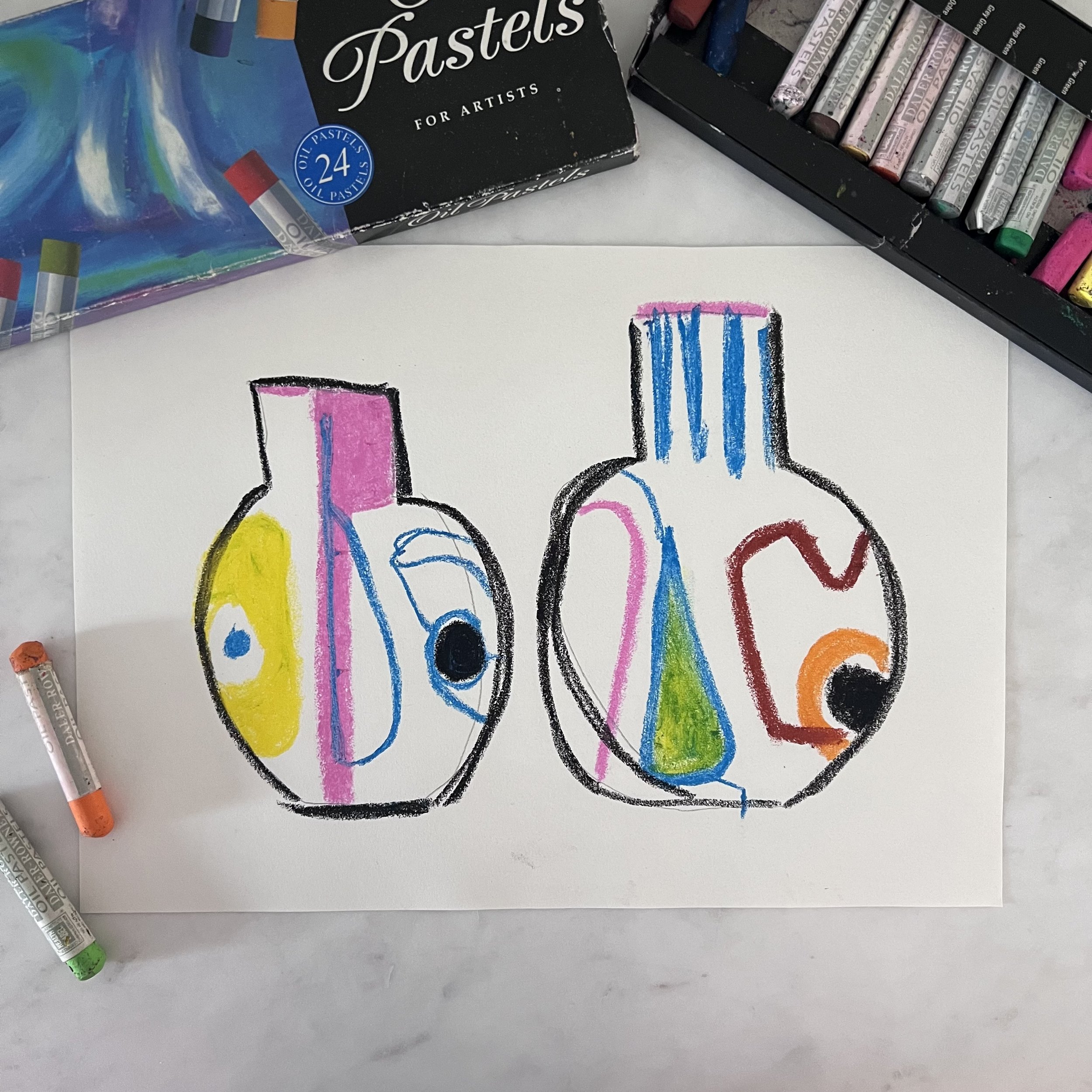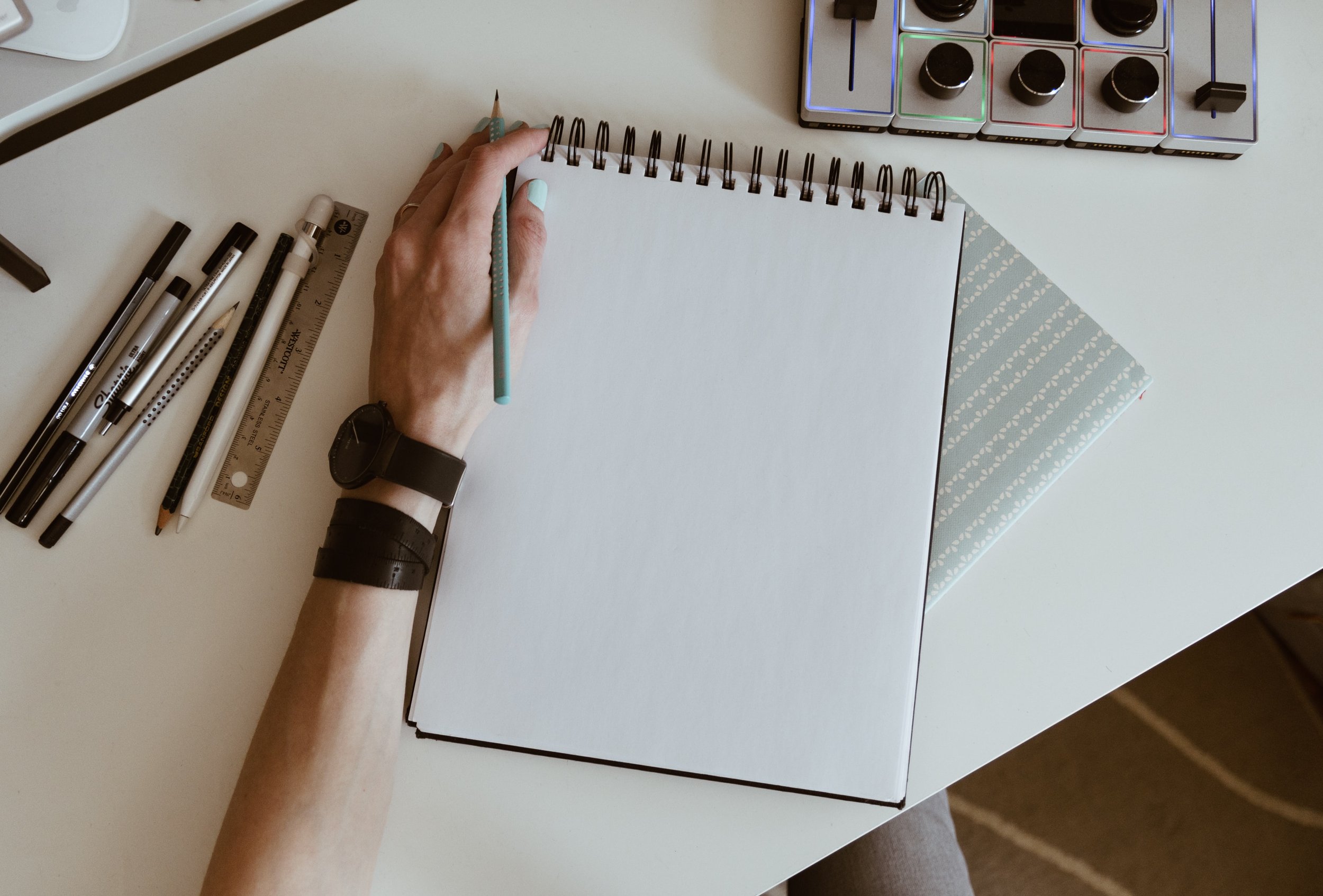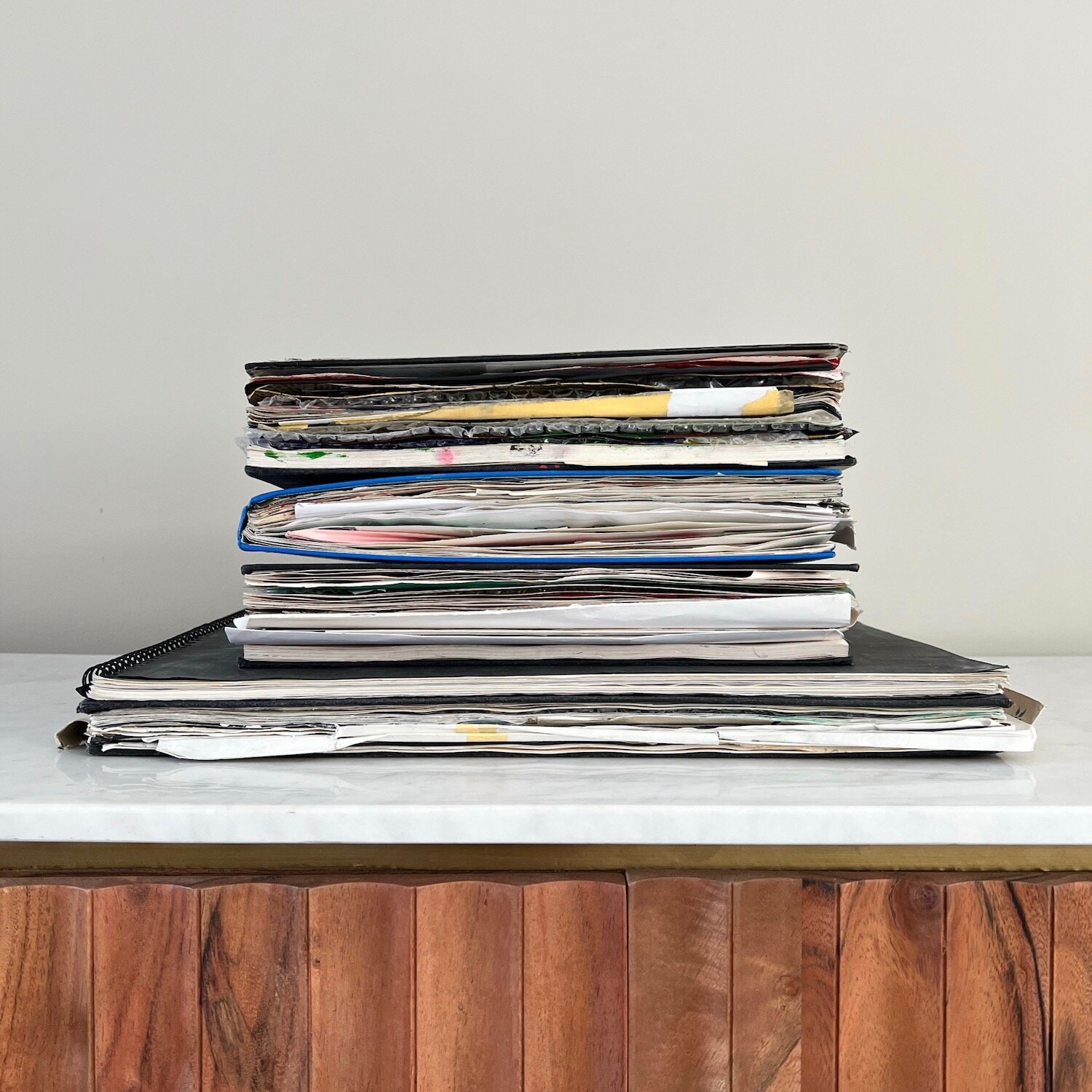How to Make Scribble Art
Activity Duration: As long as you want
Scribble art is an excellent and fun activity for all ages from toddlers and young children through to teenagers and adults. The great thing about it is that to get started all you need is a paper and pencil, although there is scope to get much more creative with this activity.
It can be a very relaxing and calming activity to carry out at home, but it is also a great activity to do on a long car, train or plane journey.
Scribble art can be used as an art therapy activity. One of the benefits is that it helps focus the mind on the present moment, which in turn is relaxing and alleviates stress and anxiety.
Drawing with scribbles encourages you to put any expectations to one side, focusing on the process, not the outcome. A scribble can’t be good or bad, therefore it is possible to remove the stress that comes from searching for perfectionism.
To find out more about art therapy, please read my Beginners Guide to Art Therapy blog post.
Why Try Scribble Drawing?
Here are some key reasons to incorporate scribble drawing into your art practice:
It loosens you up. When you scribble draw, you break free from stiff, careful mark making. Your hand moves more freely.
It develops observation skills. Trying to capture the gesture and form of a subject in loose scribbles makes you observe keenly.
It's fun and low pressure. No need to stress about rendering something perfectly. Just have fun!
It's portable. You can scribble draw anywhere using any drawing tool - no need for an easel.
It builds muscle memory and control. The more you scribble, the more comfortable you get making marks. Your scribbles get more accurate over time.
It boosts confidence. Seeing that you can capture essence of a form in scribbles makes drawing feel less intimidating.
What You Will Need To Make Scribble Art
Paper
Pens, coloured pencils, felt tips, or crayons
Optional Extras, could include:
Scissors
Card
Glue
Sketchbook
Instructions To Make Scribble Art
Using either a pen or pencil, draw a swirly line on the paper, allowing your hand to act freely ensuring that you create many different shapes. The more shapes you can make, the more colourful the picture will be.
Then using either the coloured pencils, felt tips or crayons, colour in the different shapes - you can use any colour you want. You may want to colour-in using a pattern or simply colour each shape using random colours.
Once each shape is coloured in, the art work is complete.
Once complete, you may want to try these optional extras:
See if you can find another picture within the lines of the shape, for example, an animal or a face, and go over those lines in thicker colour.
You could consider cutting out the scribble art work and then sticking it on coloured backing card.
I have a sketchbook close to hand that I use to scribble into during long journeys or when I have spare time.
Exploring Alternative Scribble Art Techniques
Once you've gotten comfortable with making loose, gestural marks, the next step is to start applying this approach to drawing a variety of subjects.
It's important to expand beyond just still life subjects or your own hand as you're learning. Pushing yourself to capture different subjects in scribbles will build your skills in observing and breaking down form. Don't be afraid to branch out!
Here are some suggested subjects to try scribble drawing:
There are lots of different ways in which to adapt scribble art. Consider using a different medium instead of pencils or crayons e.g. oil pastels or watercolours. Possible options include:
Other People
Drawing the human figure is challenging but very rewarding. Start by sketching willing friends and family members doing everyday activities or in relaxed poses. Go to public places like parks and coffee shops to anonymously scribble draw people in motion. Gesture drawing groups where models pose specifically for practice are another great option.
Pets
Furry, feathery, or scaly - pets of all kinds make for fun scribble subjects. You get to capture their unique personalities and charming poses. Goldfish, hamsters, cats, dogs - they're all great to draw, and lucky you, they can't critique your art!
Landscapes
Urban cityscapes, gardens, beaches, forests - landscapes offer great scribble drawing opportunities. Focus on capturing the overall shapes and lines of the scene. Let go of details. Think big picture. Giant scribbles for trees, small scribbles for people.
Still Life with a Twist
Revisit still life but make it more dynamic. Draw blown fabric, splashing water, crinkled paper, fallen petals. Think about movement and play of light. This challenges your scribbling skills.
Abstract Scribbling
Let your scribbles go totally abstract. Make up imaginary creatures, patterns, shapes. Don't focus on recognisable subjects at all, for example:
Create the scribbles using only straight or angles lines.
Try colouring the scribble art using either primary or secondary or monochromatic colour schemes.
Rather than colour in the shapes, use different coloured pencils to create the scribble lines.
See where your pen wants to wander!
By scribble drawing all sorts of subjects, you'll gain confidence in capturing essence and gesture quickly. Your artistic instincts will strengthen with each oddball subject you tackle.
Also try closing your eyes to find further freedom in the creative process !! Scribble boldly!
Try the Scribble Art Game
Create the scribble art using just a black pen or a pencil on a white piece of paper.
Rule 1: Choose three colours
Rule 2: Colour in the shapes, but you cannot colour a shape with the same colour as the shape next to it.
Rule 3: If it is not possible to colour a shape under Rule 2, then explore adding a new line to the shape create more smaller shapes.
Can you complete the picture, how far can you get ?
Developing Your Personal Scribble Style
Now let's look at how you can start developing your own personal scribble style.
While following basic scribbling guidelines, each artist's scribbles will naturally take on unique characteristics over time. This personalisation reflects your interests, vision, preferred tools, and more. Embrace it!
Here are some ways to develop your personal scribble style:
Choose favourite pens. Try out pens until you find ones that suit your hand. Felt tip? Brush? Ballpoint? Make it your signature.
Use colour selectively. Pick one or two colors to accent your black ink sketches. Limit your palette.
Focus on a favourite subject. Scribble the same subject again and again - dancers, birds, hands. Make it your specialty.
Imitate artists you admire. Study scribbles by others. Adapt what you like into your work. Merge styles.
Scribble to music. Listen to songs that inspire gestural mark making. Let the music influence your style.
Create patterns and textures. Develop signature abstract backgrounds and fills for your work.
Use linked motion. Connect successive scribbles into flowing rhythmic compositions.
Find inspiring locations. Some spots will feel more creatively energising. Return often.
Relax and have fun! Don't force it. Your style will emerge naturally over regular practice.
Give yourself permission to play as your personal scribble style develops. Allow it to reflect the unique artist you are. Trust this visual voice will emerge in time.
I hope you have found this guide helpful. If you have carved a pumpkin, I would love to see it! You can email me at sarahransomeart@gmail.com.
